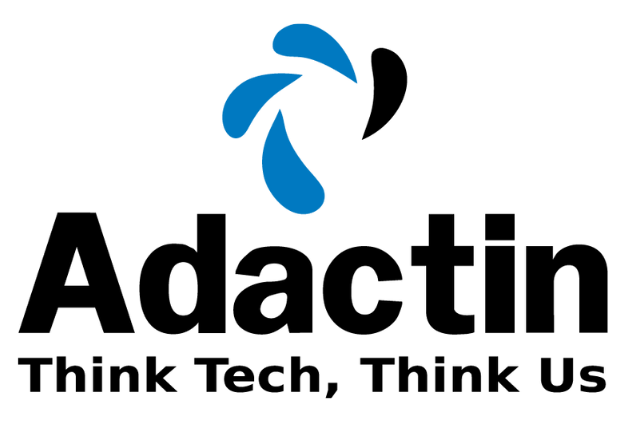When quality assurance teams and management who have adopted Agile practices first put the ideas to work, they face a significant impediment in unlearning the traditional mind-set and practices that experience in traditional practices has instilled in them.
The following adaptation practice was documented after our experience in couple of key projects that moved to Agile methodology. These practices are a real life saver for project teams that are new to Agile.
The following are some of the key aspects that need to be unlearned before attempting to deploy Agile practices, from a QA perspective:
- The testing team needs to be independent and independently empowered in order to be effective.
- Without a separate test strategy and test plan, it’s tough to manage testing.
- The V-model for verification and validation cannot be applied in an Agile sprint.
- Independent testing teams don’t do white-box testing.
- The value of testing is realized only when defects are logged.
- Automation is optional and is required only when regression testing is needed.
- Testing nonfunctional aspects, such as performance of the system, is not possible in a sprint.
- Testing must follow planning, specification, execution, and completion sequentially.
- We don’t have to write new test cases for detected defects.
- Poorly written code is not the testing team’s focus, as long as the code addresses the required functionality.
- Test-process improvement models do not address aspects of Agile testing.
